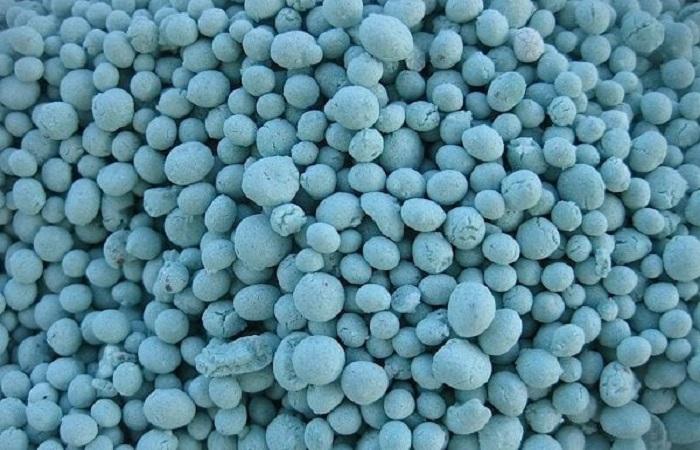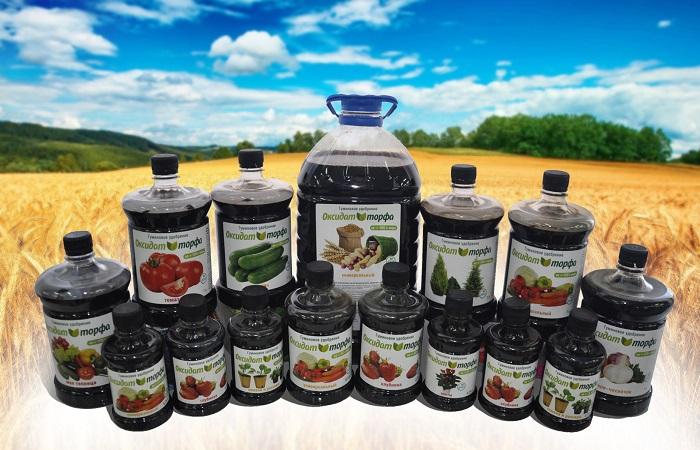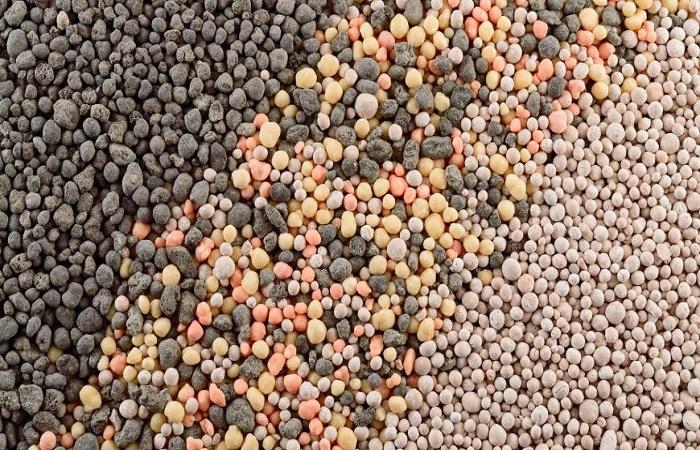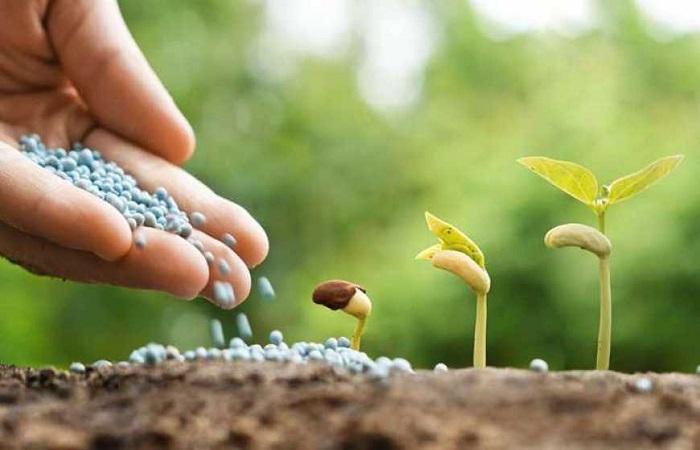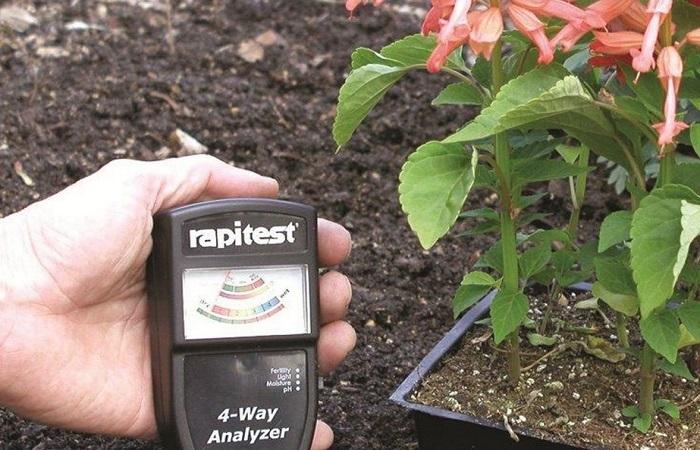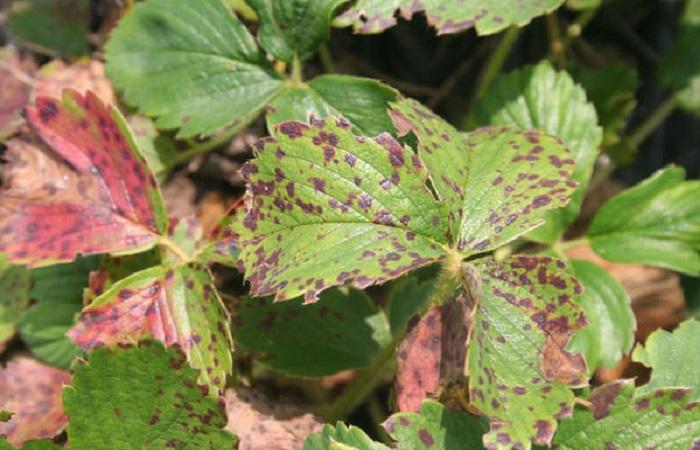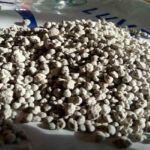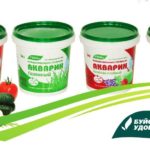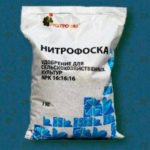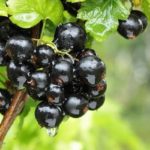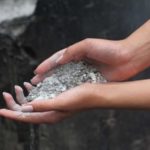Soil depletion is considered a natural process when growing any plants. Crops pull a lot of nutrients from the soil. The higher the yield of the varieties that are grown, the faster the soil becomes depleted. To replenish the reserves of valuable elements in the soil structure, mineral or organic fertilizers are used. With the correct use of such products, it is possible to maintain normal soil properties.
What it is?
Fertilizers are substances that are needed to saturate garden and indoor plants with nutrients. Thanks to their use, it is possible to make the soil more fertile. With the help of special fertilizers, it is easy to saturate the soil with important substances that are required for the normal growth and development of crops. These include nitrogen, phosphorus, zinc, and manganese.
If there is insufficient fertilizer, there is a risk of various problems:
- weakening of shoots;
- lack of flowering;
- yellowing and dying of foliage;
- the occurrence of rot;
- shedding of ovaries;
- spread of infections;
- withering.
What types of fertilizers are there for plants?
Today there are quite a few different types of fertilizers on sale. They differ in composition, mechanism of action and methods of application.
By origin
All plant nutrients are divided according to their composition. Depending on the origin, fertilizing can be divided into 2 broad categories:
- Minerals are microelements that are released in a form convenient for absorption.
- Organic is the waste products of plants and animals. Also included in this category are rotted remains. They decompose in the soil into individual components and are therefore well absorbed by crops.
Mineral fertilizers may contain one active component or a combination of them. In the first case, drugs are used to compensate for the lack of certain elements. Complex medications must be administered on a schedule to avoid problems. Mineral supplements usually contain potassium, phosphorus, and nitrogen. They may also contain other substances, but in smaller quantities.
Organic preparations are used in agriculture much more often.You can easily make them yourself or purchase them ready-made.
By state of aggregation
Fertilizers may differ in release form. To choose the optimal composition, it is recommended to take into account your convenience and the processing area. For indoor flowers, you should use a liquid composition or sticks. If you need to treat an entire field, it is better to use aqueous solutions or powders. They need to be added using special equipment.
Depending on the form of release, fertilizers are divided into 2 large categories:
- Liquid - used for application to the soil or spraying foliage.
- Solid - are granules, powders, sticks, tablets. They must be added to the soil in dry form or used to make aqueous solutions.
By mode of action
Depending on the method of action, the following types of fertilizers are distinguished:
- Direct – intended for direct nutrition of plants. They contain nitrogen, phosphorus, potassium, and sulfur. Also, drugs may include iron, magnesium, phosphorus. Such remedies can be simple or complex.
- Indirect - used to influence the soil in order to improve the conditions for fertilizing. Thus, ground limestone or dolomite helps neutralize acidity parameters. To acidify the soil, it is necessary to use sodium hydrosulfite.
By method of application to the soil
Depending on the method of applying the composition to the soil, the following types of fertilizing are distinguished:
- basic - this method is aimed at saturating the soil with the nutrients needed for a specific crop;
- pre-sowing - involves processing seed material before planting;
- feeding - replenish the deficiency of certain elements;
- intrasoil - involves embedding into the root zone;
- surface - in this case, fertilizing is scattered over the surface of the soil.
Selection rules
Any substances must be added to the soil strictly according to the instructions. It is important to choose the right set of nutrients and take into account a number of factors.
When choosing fertilizer, it is recommended to take into account the acidity of the soil. Normally, pH parameters should be 6-6.5. With such indicators, plants develop normally. If they are above 7, this indicates that the soil is alkaline. In this case, nitrate preparations are needed. If the soil acidity is less than 5.5, potassium, magnesium and sulfur are poorly absorbed. In this case, ammonium substances are more suitable.
When choosing fertilizer, it is important to take into account the type of crop. They are divided into indoor, garden, fruit and berry and decorative. Each variety has specific nutrient requirements. Depending on this, the type of fertilizer differs. It is worth considering that an excess of certain elements in the soil can lead to unpredictable consequences. If you have doubts about the need to use certain drugs, you can use universal drugs.
Also, the need of plants for specific substances can be determined by their appearance:
- With a nitrogen deficiency, the foliage becomes small and dull, acquires a yellow tint and crumbles.At the same time, there is a lag in crop growth.
- A lack of phosphorus is accompanied by the appearance of dull spots on the leaves. They may have a reddish or purple tint. There is also a delay in flowering and fruit ripening.
- If plants lack potassium, the leaves turn pale and take on a bluish tint. In addition, there is a risk of thinning shoots.
- Calcium deficiency manifests itself in the appearance of whitish leaves and the death of shoots.
- A lack of magnesium is accompanied by leaf drop. Moreover, it acquires a reddish or yellow tint.
Popular manufacturers
Today, many companies are involved in the production of fertilizers. The most popular brands include:
- PhosAgro;
- EuroChem;
- Uralkali;
- Akron.
How to properly use garden fertilizers
In order for the use of fertilizers for the garden to be successful, it is important to choose the right composition and follow the recommendations for its application:
- On heavy types of soil, fertilizing is used in the fall, on light types - before planting, so that nutrients are not washed out of the soil.
- It is important to use liquid crop fertilizers after rain or good watering. It is important to avoid getting them on the foliage.
- It is better to apply fertilizer between the rows.
- It is recommended to spray the plantings in the morning or evening. During the day this can only be done in dry and cloudy weather.
Correct use of fertilizers allows you to saturate the soil with nutrients and make plants stronger and healthier. It is important to pay attention to the choice of the composition of the drug and strictly adhere to the instructions for its use.

